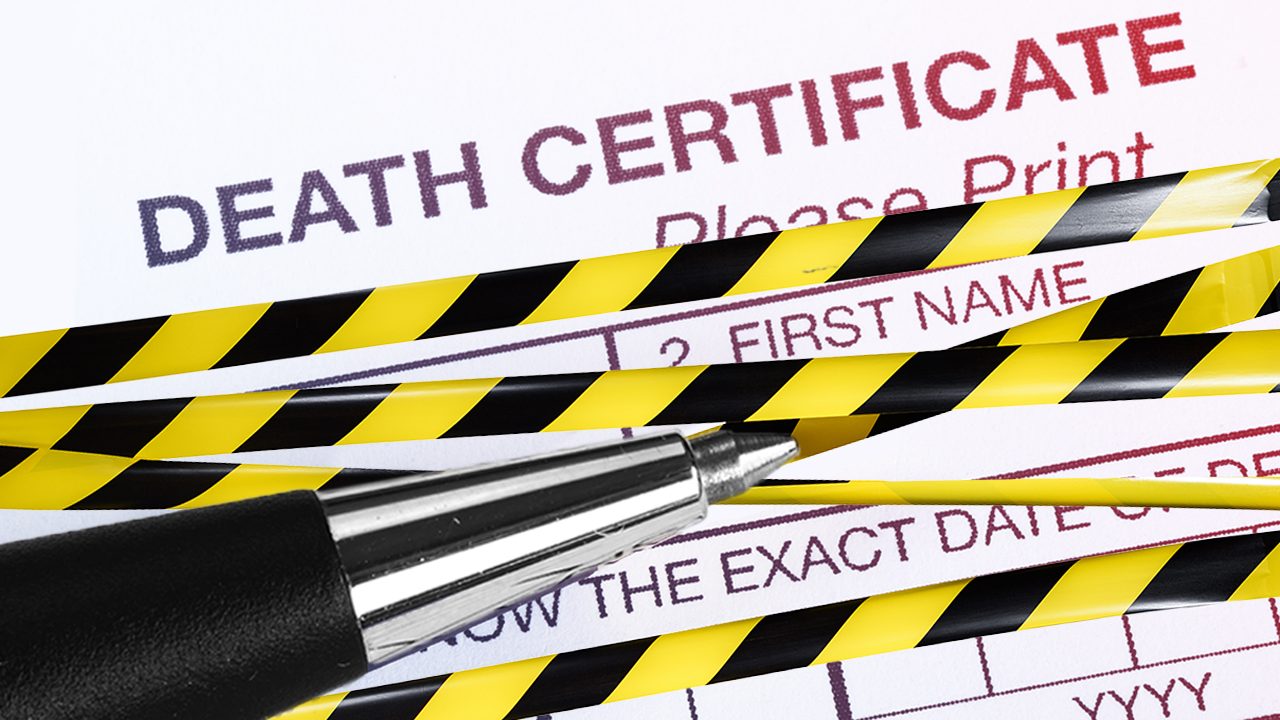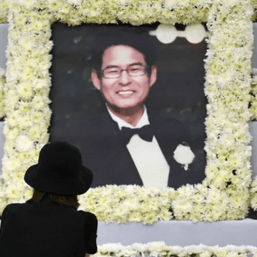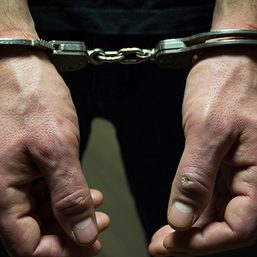SUMMARY
This is AI generated summarization, which may have errors. For context, always refer to the full article.

MANILA, Philippines – Doctored and faked death certificates. This is what Dr. Raquel Fortun, one of the country’s only two forensic pathologists, found in the cases of three Filipinos slain in Duterte’s war on drugs.
Fortun shared with the public on Tuesday, April 12, the story of three Caloocan residents whose death certificates indicate that they died from an illness when in reality they were shot dead by vigilantes at the height of Duterte’s violent drug war in 2016.
Some of the families have mixed feelings of shock, anger, and desire for justice over what was done to the death certificates of their loved ones while others have said they accepted the funeral parlor’s offer to alter the cause of death because it was cheaper to do so. They agreed to do away with gunshot wounds as the reason for the death of their loved ones.
Although illegal and should be impossible to do, there is a hole in the process of producing death certificates that makes it possible to get away with false information.
Here’s what you need to know about the process of producing death certificates involving crime-related cases.
Death certificates by the book
Both the 2015 DOH Medical Certification of Death Handbook and the 2016 PSA Civil Registration and Vital Statistics Handbook for Health Workers Handbook list down 5 steps in creating a death certificate for a crime-related case:

This simple step-by-step process is the default followed by all parties involved – the local health officer, physician, PNP and NBI authorities, and the medico-legal officer.
It is important to note that for the many deaths occurring in the Philippines that are not attended to by a physician, the best way of ascertaining the cause of death by the local health authority is through verbal autopsy. This is done by interviewing family members who are knowledgeable about the probable cause of death.
However, Philippine SOCO head police Colonel Joseph Palmero told Rappler that the process is not cast in stone.
Where death certificates can be doctored
In Rappler’s interview with Palmero, more details of how death certificates are usually created were fleshed out. As it turns out, parts of the process of producing a death certificate can be skipped during the investigation: when the body is at the funeral parlor awaiting an autopsy.
The SOCO head police says it is during this time when it can be declared in the death certificate that an individual died due to a non-medico-legal case like illness or disease. Medico-legal cases are criminal cases like deaths due to gunshot and stab wounds. These cases automatically require an autopsy by the Scene of the Crime Operatives (SOCO).
When declared a medico-legal case, falsifying a death certificate will be difficult to do since the autopsy conducted by SOCO provides comprehensive details about what happened to the body. SOCO also keeps a record of all the documents which can be used to counter-check a suspected falsified document.
However, it can be skipped when a case is declared non-medico-legal right from the start, as these cases do not require an autopsy.
Correcting a fake death certificate and exacting accountability
Doctored or faked death certificates can be corrected but the process will be long and arduous. Palmero said that when the certificate is already registered in the Local Civil Registrar, a court order is needed to retrieve the false certificate and replace it with a corrected copy.
This action will need a court hearing to happen.
In terms of accountability, the first on the list is the one who gave the death certificate – the funeral parlor. Next is the individual that the funeral parlor gets to sign the certificate.
According to Palmero, falsification of public documents can be filed in such cases. If the police are involved, a criminal case can be filed. When a doctor is involved, the case can be brought to the Civil Service Commission and even elevated to the Professional Regulation Commission to remove the license.
As of March 29, government data shows that 6,235 people were killed in police anti-illegal drug operations, while human rights groups estimate the number to reach 30,000, including those killed by vigilantes. The International Criminal Court (ICC) is investigating Duterte for the drug war and for his role in the Davao Death Squad when he was still mayor. The Davao Death Squad model was followed by the police nationwide when Duterte became president in 2016. – Rappler.com
Add a comment
How does this make you feel?








![[The Slingshot] Lito Patay’s 4 hours and 38 minutes of infamy](https://www.rappler.com/tachyon/2024/07/Lito-Patay-4-hours-infamy-July-19-2024.jpg?resize=257%2C257&crop=233px%2C0px%2C720px%2C720px)
There are no comments yet. Add your comment to start the conversation.